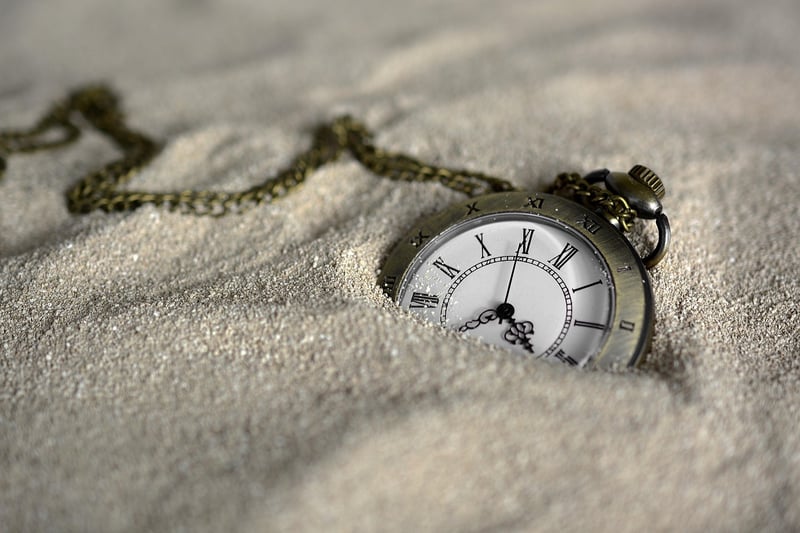Causality Loops
Avoid Altering the Timeline and Causality Loops
Time travel has been a popular theme in science fiction for decades, captivating audiences with its potential to explore alternate realities and change the course of history. However, the concept of altering the timeline or creating causality loops poses significant challenges and paradoxes that can disrupt the fabric of the universe.
Understanding the Timeline
In the context of time travel, the timeline represents the chronological sequence of events that occur in a linear fashion. Any deviation from this established sequence can lead to unpredictable consequences and paradoxes.
The Grandfather Paradox
One of the most well-known paradoxes associated with altering the timeline is the Grandfather Paradox. This paradox posits a scenario where a time traveler goes back in time and prevents their grandfather from meeting their grandmother, thus preventing their own birth. This creates a loop where the time traveler's existence becomes a contradiction.
Causality Loops
Causality loops, also known as bootstrap paradoxes, occur when an event is its own cause. In this scenario, an object or information is sent back in time and becomes the cause of its own existence. This creates a loop with no discernible origin, raising questions about the nature of cause and effect.
The Butterfly Effect
Another aspect to consider when altering the timeline is the Butterfly Effect. This concept suggests that even small changes in the past can have significant and far-reaching consequences in the future, leading to unforeseen outcomes and disruptions in the timeline.
Conclusion
While the idea of time travel is intriguing, it is essential to exercise caution and avoid altering the timeline or creating causality loops. By respecting the laws of causality and maintaining the integrity of the timeline, we can prevent paradoxes and preserve the stability of the universe.

For more information on time travel and its implications, you can visit Space.com.
